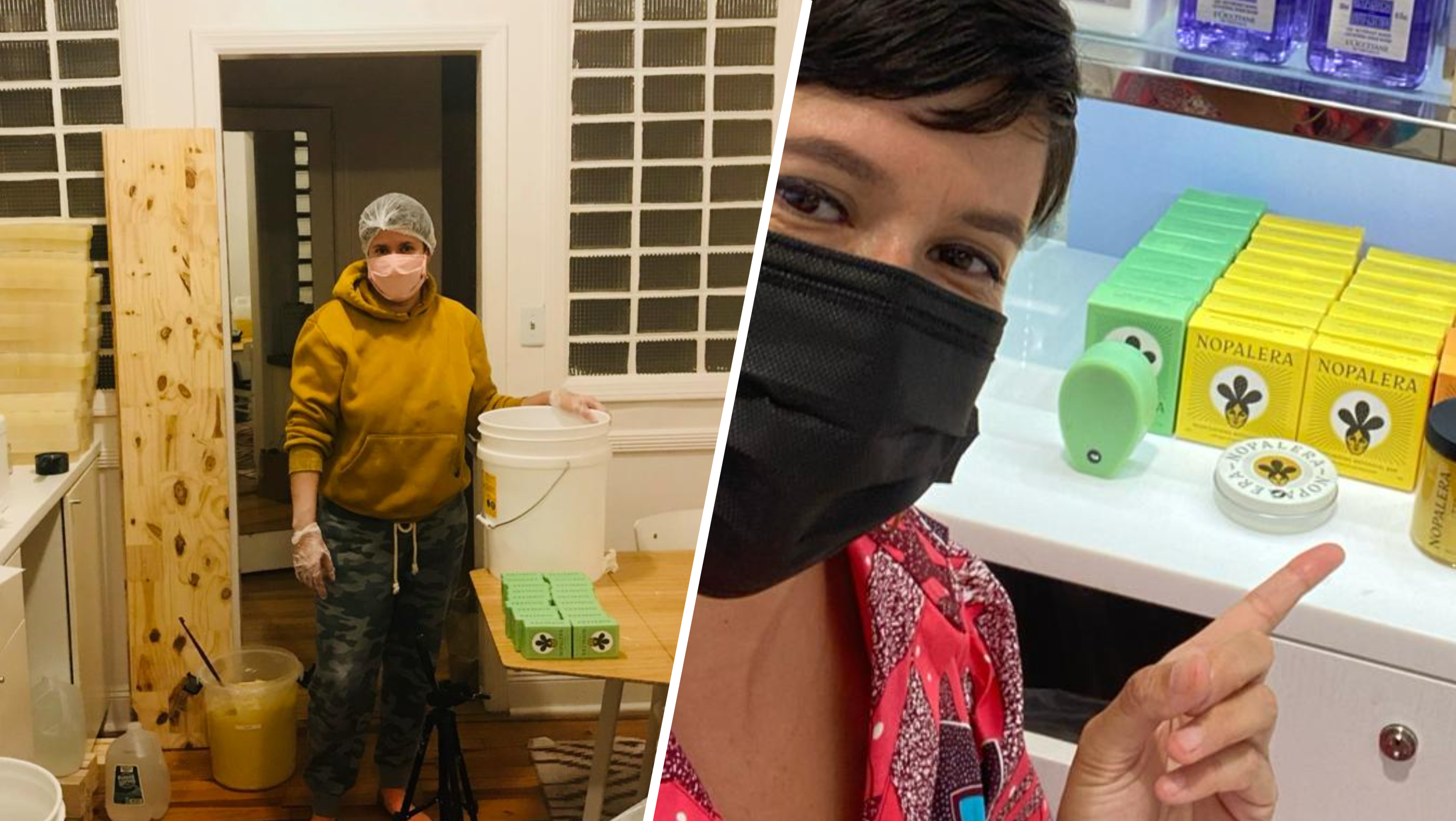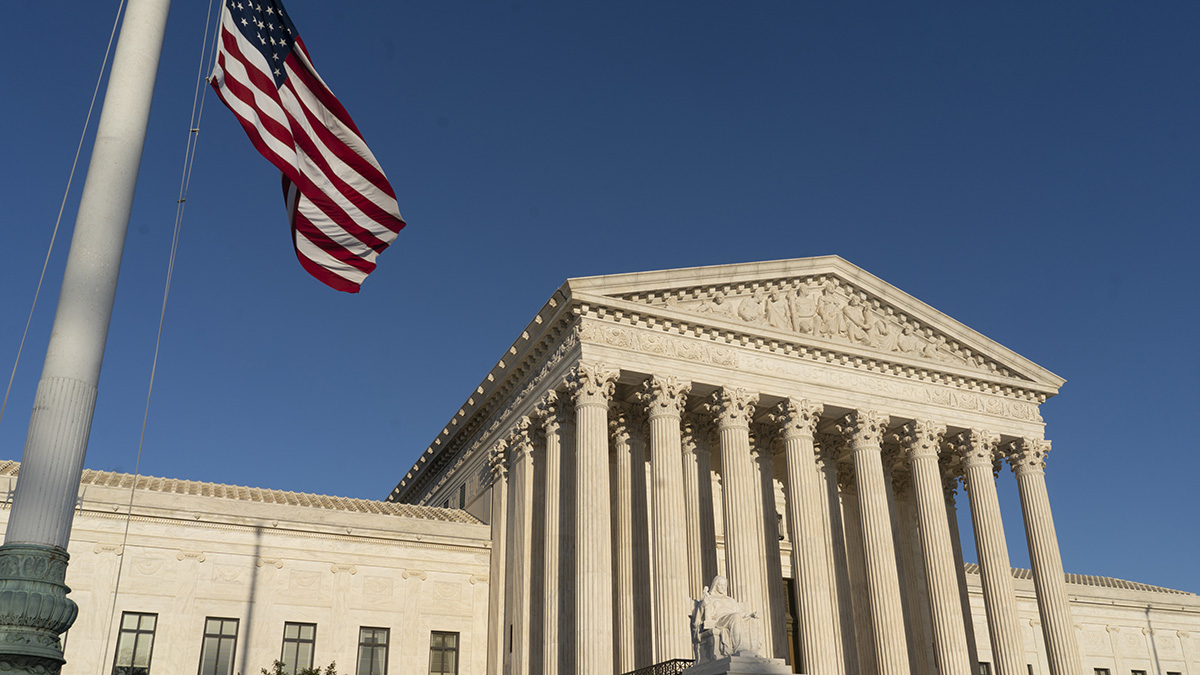Whether they're fitness fanatics or couch potatoes, men in their 20s and 30s tend to feel invulnerable when it comes to their health. That's why it can be easy for them to ignore the subtle signs of testicular cancer. While testicular cancer is considered a rare cancer, it is the most common cancer in men between the ages of 15 and 34.
Testicular cancer affects the testis, the male sex glands in the scrotum that produce testosterone and sperm, but it can spread to the liver, brain and other parts of the body. As demonstrated by the comeback of champion cyclist and testicular cancer survivor Lance Armstrong, treatment is often very successful. Below, Jerome P. Richie, MD, the Elliott Cutler Professor of Surgery at Harvard Medical School and the chairman of the Harvard Program in Urology, provides an overview of testicular cancer.
Who is at risk for testicular cancer?
Testicular cancer is a rare tumor with an incidence of about 1 in 35,000 men. The common age range for testicular cancer is 15 to 34. It tends to be more common in the Caucasian population than in African Americans or the Asian population. The only risk factor that we know about for testicular cancer is a history of undescended testicle that has to be brought down surgically.
It's uncommon for testicular cancer to run in families. There are some sporadic cases reported of both father and son developing testis tumors, or brothers, but it's very uncommon. Trauma probably does not play a role in causing testicular cancer, although an injury may call somebody's attention to an abnormality in the testis.
What are the signs and symptoms?
Generally, about 70 or 80 percent have with some painless swelling or firmness to the testicle that's either picked up by the patient or by their sexual partner. Because it's painless, many patients may think it is harmless and there can be a long delay before they actually seek attention by their physician.
How should people screen for testicular cancer?
Because testicular cancer is fairly uncommon, even in patients who had an undescended testicle, I think the best screening is just teaching the patients testicular self-examination. Parents should encourage their sons to do testicular self-examination, especially if they're at a higher risk. People can learn the technique from their primary care physician or their pediatrician.
U.S. & World
Ultrasonography can be used to look at the testicle but the number of cancers that would found would be fairly low even in a high-risk population, so it would not be applicable as a widespread screening method.
Should all men conduct self-examination or just those who may be at high risk?
I think again that's controversial. I don't think it would hurt for individuals to know that this self-exam exists. But again, with an incidence of only 3 per 100,000 men, it's not been as widely accepted or promoted as say, for example, breast self-examination for young women.
What tests are usually given for diagnosis?
When somebody goes to the doctor with an area that's suspicious for a testis tumor, the first part of the process would be a good physical examination, checking the scrotum and the testis to see what the abnormality is. There are two blood tests that are utilized to look for what are called tumor markers. One is alpha-fetoprotein and the other is the beta subunit of human chorionic gonadotropin. These are two markers that are normally not present in adult males but in men with testicular cancer they may be elevated.
If there is suspicion of testicular cancer, sometimes a scrotum ultrasound is utilized to further delineate what's happening inside the scrotum. Some patients may have some swelling adjacent to the testicle from some inflammation that we call "epididymitis," and the ultrasound can help differentiate those two.
When would a biopsy be recommended?
If there is a suspicious mass in the testicle or if the ultrasound shows a mass within the testicle, then the proper approach is to explore this through an incision in the groin. A biopsy through the scrotum is generally contraindicated because of the risk of spilling some tumor cells into the scrotum and lymph nodes.
What are the different kinds of testicular cancer?
Once the testicle has been removed, the pathologist can study the entire testis and come up with the type of tumor. About half of these patients have pure seminoma, which is a tumor that is very sensitive to either chemotherapy or radiation. The other half of the tumors are called non-seminomatous tumors. They tend to be mixed subtypes, which could include embryonal cancer or choriocarcinoma or yolk sac elements. There are different elements that can occur in the testis and each of these have their own prognosis because the nonseminomas don't respond well to radiation.
What factors do you consider when you're deciding what treatment is appropriate?
When you're considering treatment, you want to know whether it's a pure seminoma, and if it's non-seminomatous tumor, you want to know the percentage of the subtypes as well. You'll also consider the stage of the cancer, how much of the testicle is involved, as well as the presence or absence of cancer cells in the lymph nodes and blood vessels and whether it has spread to nearby areas.
What are the primary therapies?
Following surgery in which one or both testicles are removed, the therapy for testis tumor really depends on the subtype of tumor. If it's seminoma and you've done the staging studies and there is no extensive disease, the standard therapy in the past has been radiation therapy to the lymph nodes around the area behind the peritoneum, which is the tissue that lines the abdomen.
There is controversy in terms of risk of secondary malignancies, 30 or 40 years later, due to radiation therapy. So some centers are looking at either active surveillance—in which you would visit your physician periodically for check-ups—or primary chemotherapy with the drug carboplatin for patients with pure seminoma tumors instead of radiation. More advanced seminomas are treated with chemotherapy.
Patients with non-seminomatous tumors have the options of active surveillance, lymph node removal or primary chemotherapy. The best therapy really depends on the extent of the tumor and the motivation of the patient and a variety of other factors.
Is treatment for testicular cancer generally successful?
Testicular cancer has become one of the most curable solid malignancies for patients with low-stage disease; the cure rate approaches 100 percent. Even for patients with intermediate or early-advanced disease, the cure rates are better than 85 percent. This really is because of the development of effective chemotherapy and effective surgical approaches, as well as radiation for selected patients.
Can sexual function and fertility be affected by treatment?
Fertility certainly can be affected by treatment. First of all, patients who have lost one testicle may be subfertile for some period of time and some may be subfertile permanently. Chemotherapy also adversely affects sperm production. Approximately half of the patients will recover fertility within approximately two years.
The surgical approaches also can have some impact, not on potency or erections, but upon ejaculation. There are certain nerves in the surgical area that control ejaculation and with the techniques utilized nowadays that spare nerves, 95 to 100 percent of men will retain ejaculation.
What kind of follow-up is usually required?
The patients who have had surgery and have negative nodes are followed fairly closely for the first two years and then annually for an additional three years. Patients who have had chemotherapy need follow-up for a minimum of five to 10 years with periodic markers and CT scans.
Do you think Lance Armstrong's diagnosis helped improve awareness?
I think Lance Armstrong is sort of the poster child for testicular cancer because he had very extensive disease, including abdominal and pulmonary disease, and I believe he also had some in the central nervous system. It just shows how effective chemotherapy and/or surgery combinations can be in basically eradicating this disease and giving patients a full normal life.
What should men remember about testicular cancer?
I think the main message is that this is a highly curable disease, but it's certainly easier to cure it when it's been detected in an earlier fashion.
What we're concerned about is the delay in diagnosis. That's because patients may see something in the scrotum or feel something in the scrotum and ignore it either because they're afraid it's a tumor or because it's painless, and this gives these tumors time to spread. Even though we can cure most testicular cancer, we would prefer to utilize less aggressive means if we don't have to because every treatment has potential side effects.




